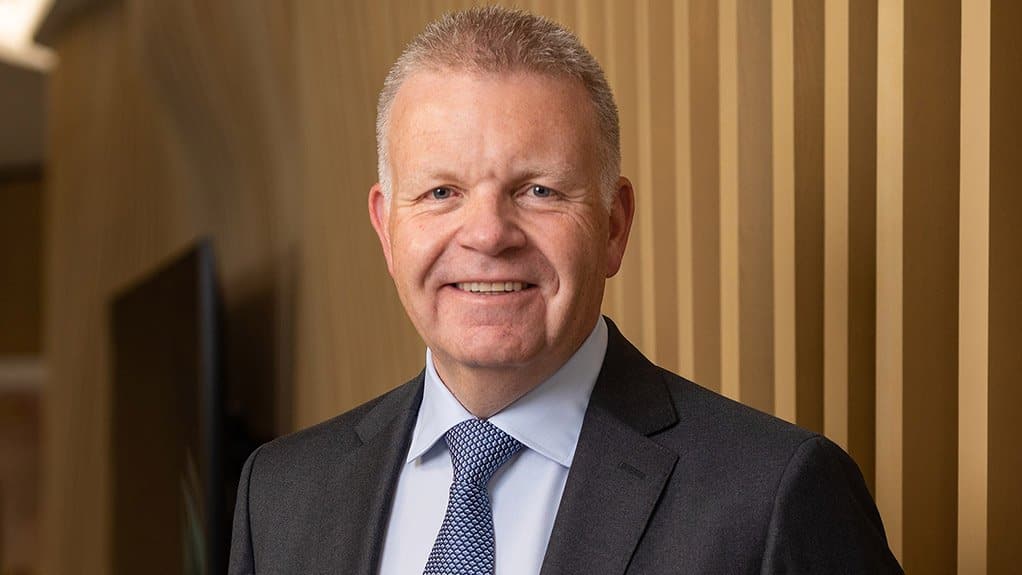Momentum is building in the hydrogen economy, which is important for the planet and for platinum group metals (PGMs), Anglo American Platinum FD Craig Miller said.
“There have been over 1 000 hydrogen project proposals announced globally for full or partial deployment by 2030,” Miller highlighted.
He spoke of direct investments of 10% of the $320-billion made into hydrogen projects passing the final investment decision (FID) stage during the half-year results presentation of the Johannesburg Stock Exchange-listed company that has kept 2023 production guidance unchanged at between 3.6-million and 4-million PGM ounces, subject to the impact of Eskom load curtailment. (Also watch attached Creamer Media video.)
“I know we’ve spoken a lot about hydrogen over the years and you’re probably wondering why. After all, the hydrogen sector is currently a very small proportion of total PGMs demand. Put simply, we’ve spoken about it a lot over the years because hydrogen matters. It matters for our planet but it matters for PGMs,” Miller stated in the half-year dividend-yielding presentation..
Miller drew attention to prominence being gained by the PGMs-using proton electron membrane (PEM) electrolysers that produce the green hydrogen that protects the planet from deleterious carbon emissions.
“We all know the potential for PGMs from PEM electrolysers to make green hydrogen and PEM fuel cells to convert hydrogen into electricity,” he said, displaying a slide which illustrated that PGMs are used, or have the potential to be used, in a whole host of hydrogen applications from production and conversion through transportation and storage to end-use, with end-uses that included green chemicals, gas turbines, synthetic fuels, purification, sensing and emissions abatement.
“We’re certainly seeing the momentum build in the hydrogen economy,” he added.
“We, as Anglo Platinum, continue to invest in the development of a diverse range of existing and new opportunities for our metals.
“Our opportunity areas tap into key global trends such as decarbonisation of difficult-to-abate industries and mobility.
FUEL CELL ELECTRIC VEHICLES
“For example, in Germany, H2 Moves Berlin, our fuel cell electric vehicle partnership with Toyota Germany, and the SafeDriver Group, now has more than 100 Toyota Mirai deployed as taxis on the streets of the German capital.
“Initiatives like these are helping the uptake of fuel cell electric vehicles by aligning end-use demand with the supply of vehicles and infrastructure access, made by influencing new audiences by proactive marketing and education activities,” Miller said.
For PGMs to hold on to their current volume of sales into the automotive market, they need to gain a tenth of the electric vehicle market, which will create demand for five-million to six-million ounces of incremental PGMs a year,
MINING INDUSTRY WELL PLACED
South Africa’s mining industry, with access to land, execution skills and strong balance sheets, is well placed to help support the renewable energy transition and many have already transitioned or are planning to transition to embedded solar plants, wheeled wind energy and hydro storage.
Many of the mines of South African companies on other continents have streaked ahead of this country, which should be seen as being unacceptable given South Africa’s lack of energy security.
Far more momentum needs to be given to the South African government-led Hydrogen Valley project that contains a number of multi-partner projects.
The Hydrogen Valley could be leveraged to hasten the visible scale-up of the hydrogen economy and the ramp-up of hydrogen production within a given territory.
The virtual reality platform being developed to allow for the visualisation of the Hydrogen Valley should be available for viewing online and regular progress reports shared with the media on the related envisaged projects.
More communication would be welcome on the submission of the business plan to the State-owned Industrial Development Corporation to finalise the German KfW development funding for Project Rainbow and on how Project Rainbow is expected to add R3.9-billion to South Africa’s gross domestic product by 2050 and create 14 000 jobs a year.
UBS ON PLATINUM PRICE
Autocatalyst substitution and lower South African mine production will result in platinum being in undersupply for the rest of the year, says UBS.
Hence, the precious metals research analysts expect platinum to move back above the $1 000/oz mark.
“We retain a positive outlook for platinum as we expect it to benefit from substitution in autocatalysts in gasoline-powered vehicles, away from palladium to platinum.
“Support should also come from our outlook for a weaker US dollar and a higher gold price,” UBS strategist Giovanni Staunovo stated.
That said, he sees a couple of headwinds potentially limiting platinum’s upside, one being diesel-registered cars being in freefall and slowing substitution for palladium should the palladium price premium erode further.
“Over the longer term, we think hydrogen could compensate for that demand weakness, particularly if Europe is successful in its ambitious green hydrogen plans. However, hydrogen would not be able to compensate for the near-term weaker demand for autotcatalysts,” UBS added.



